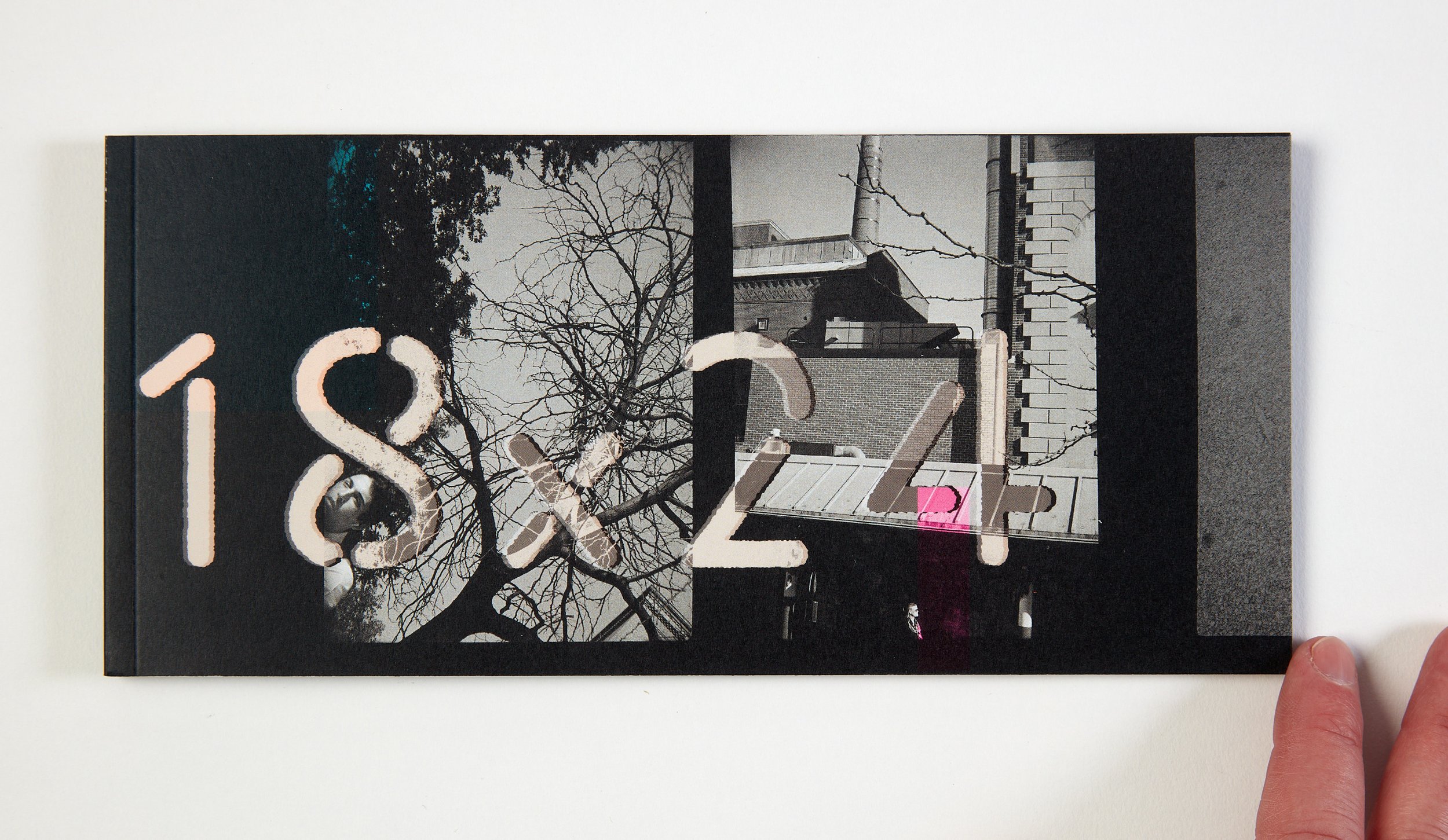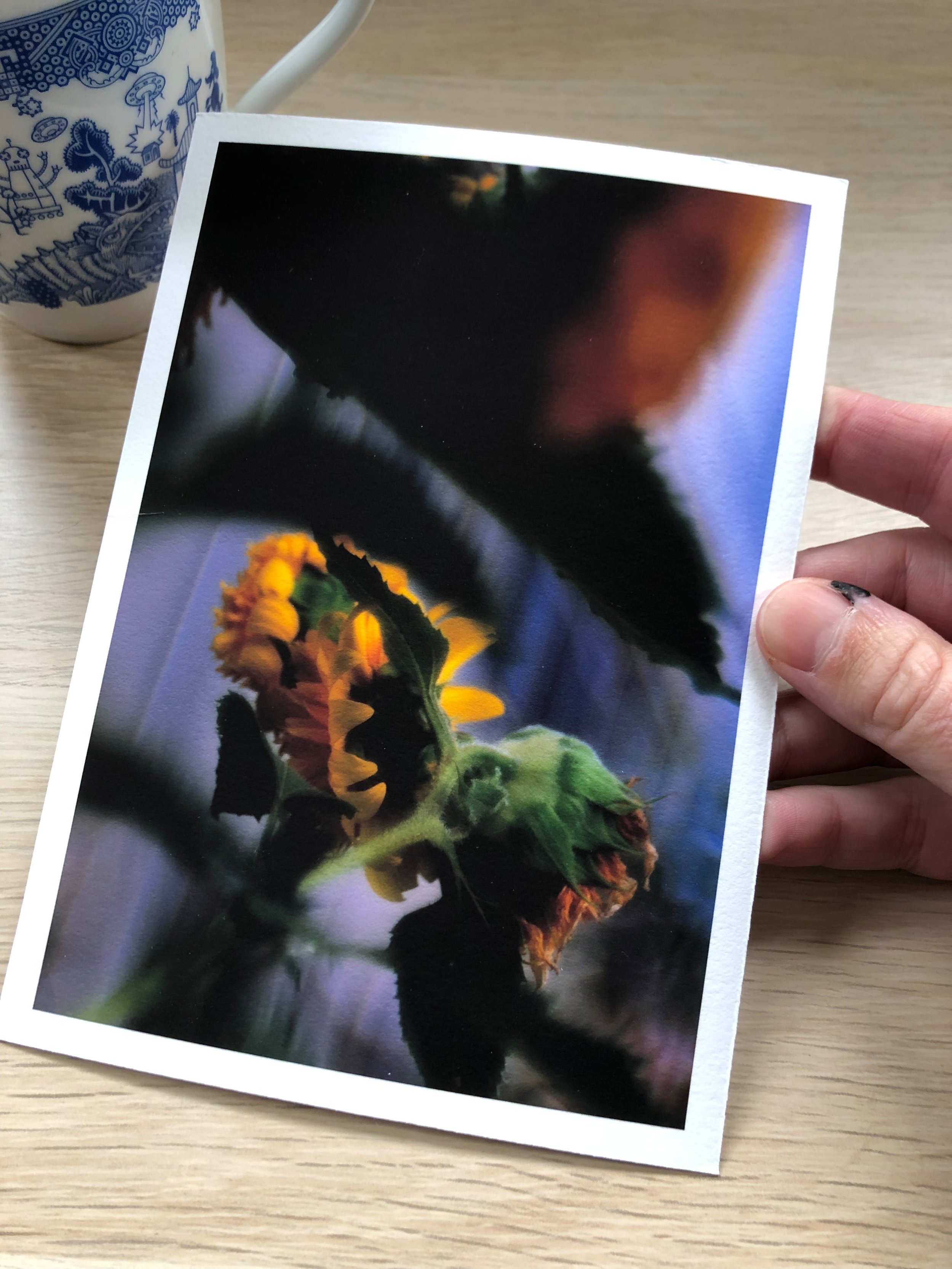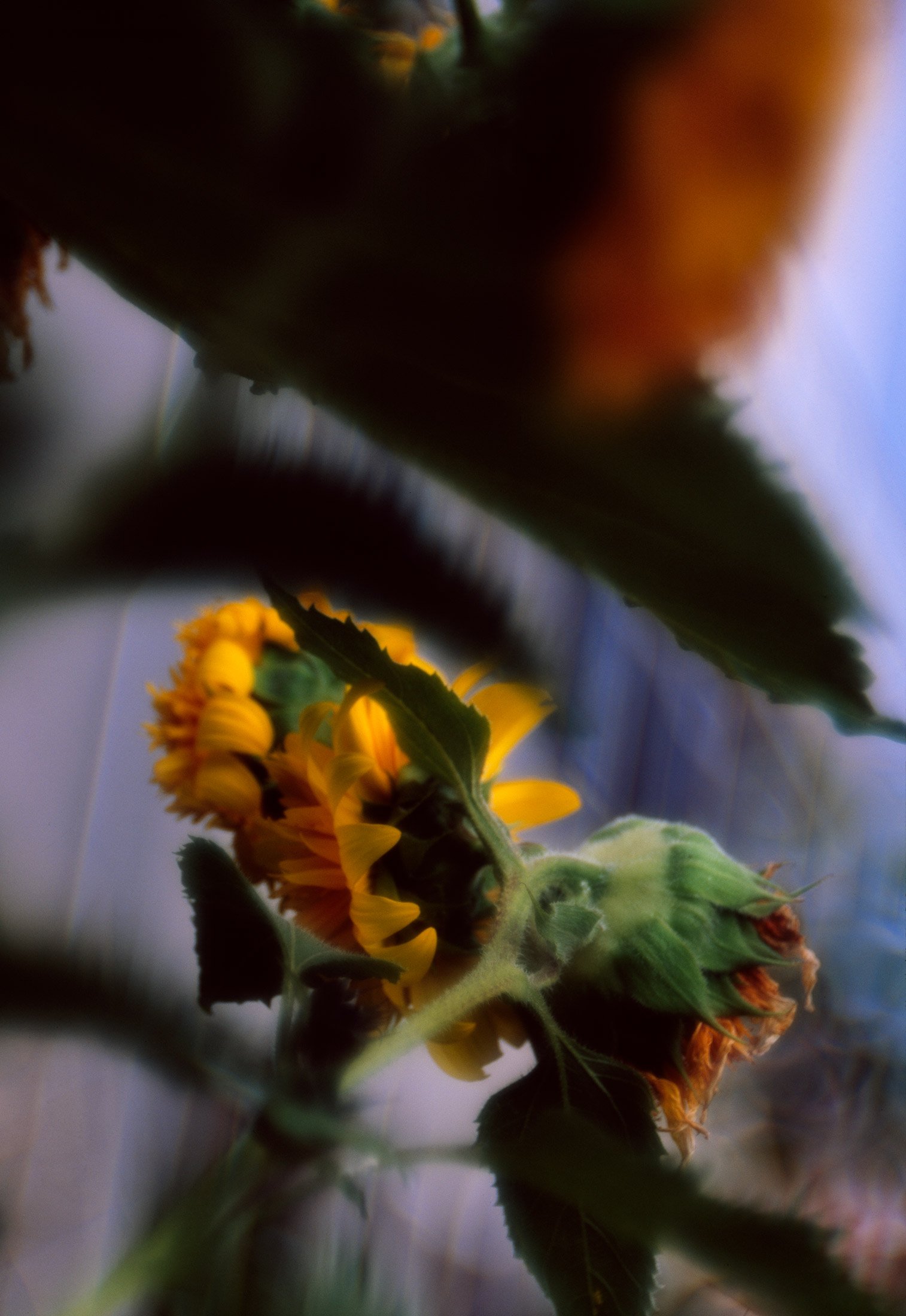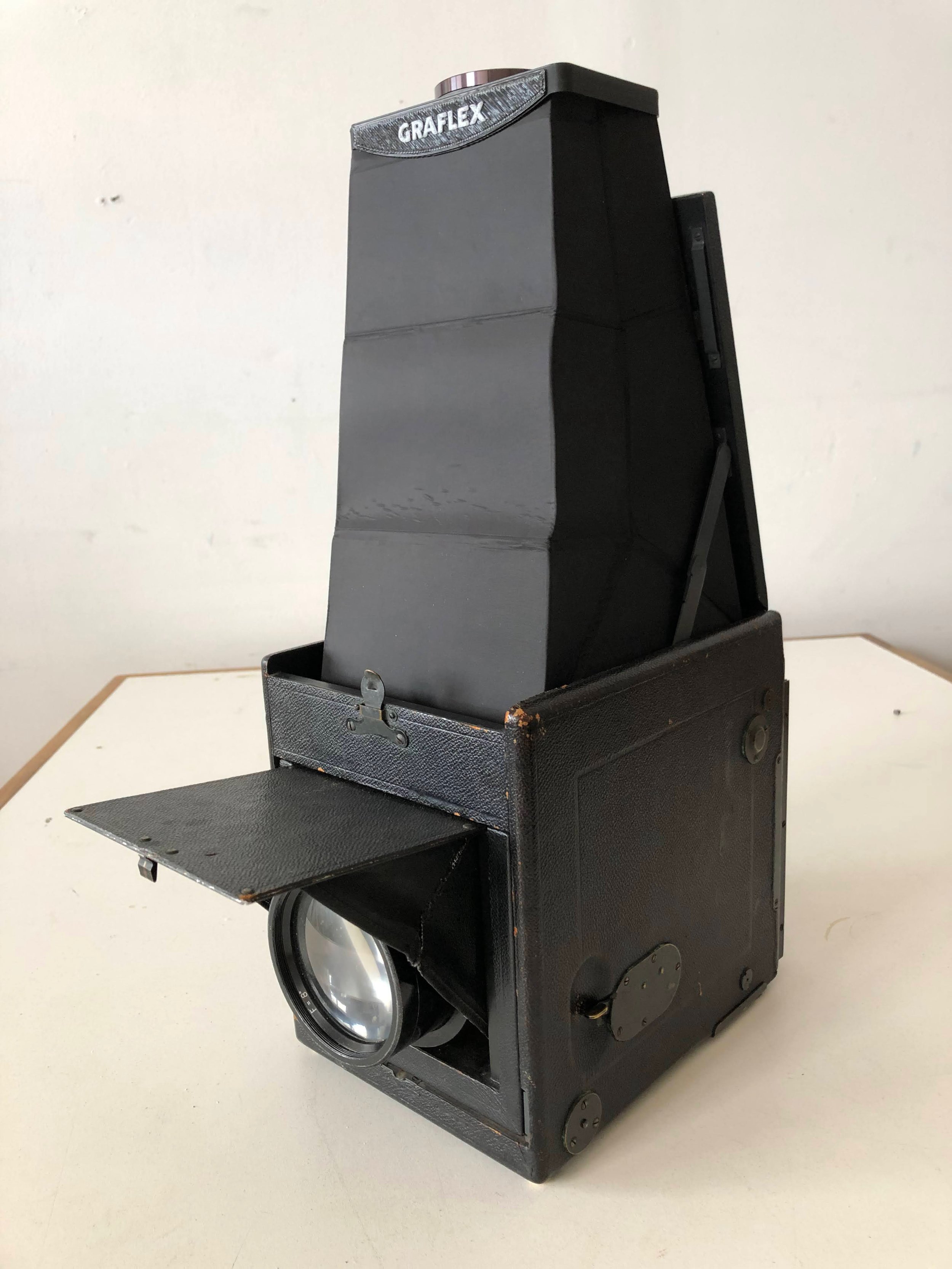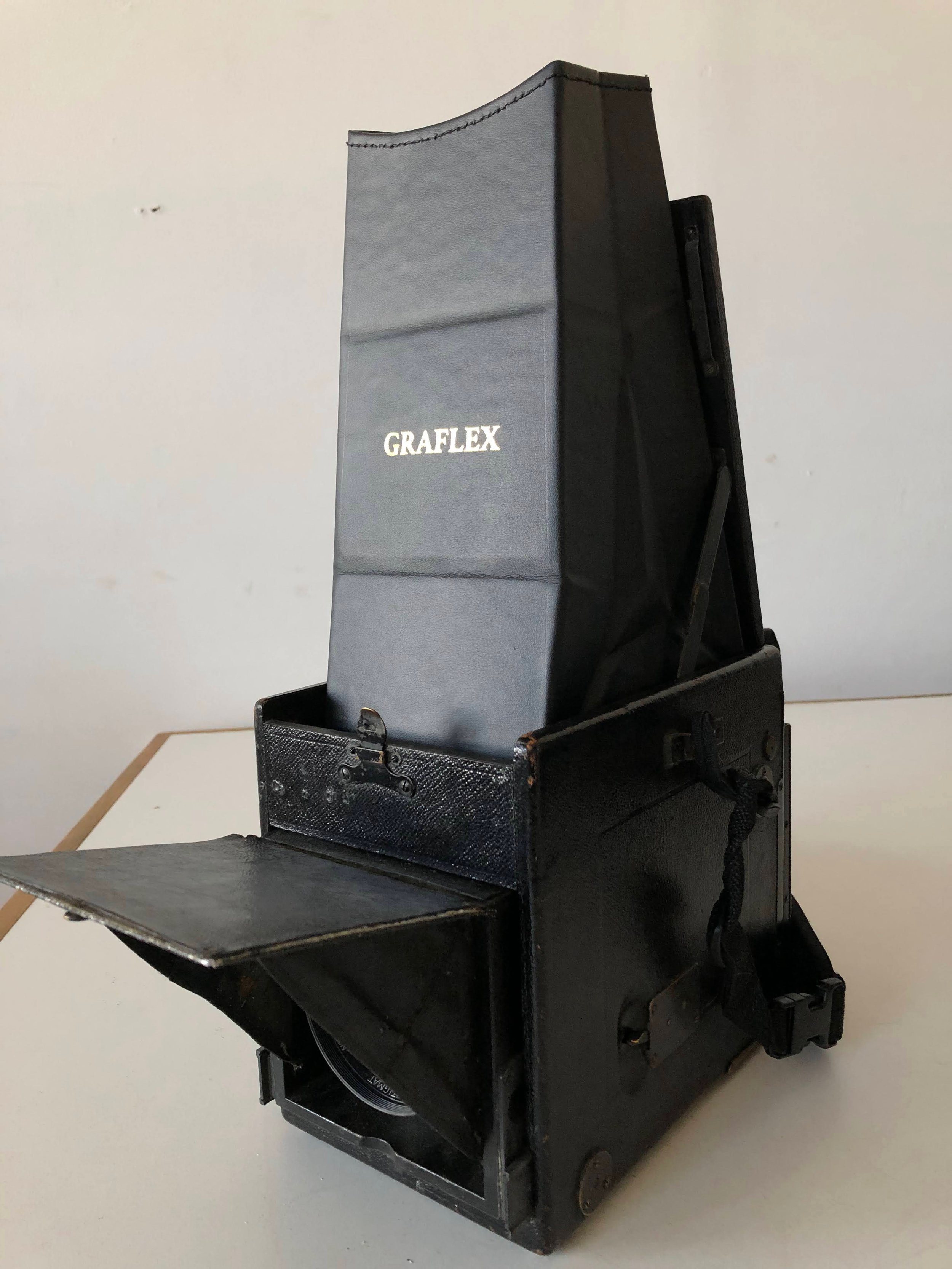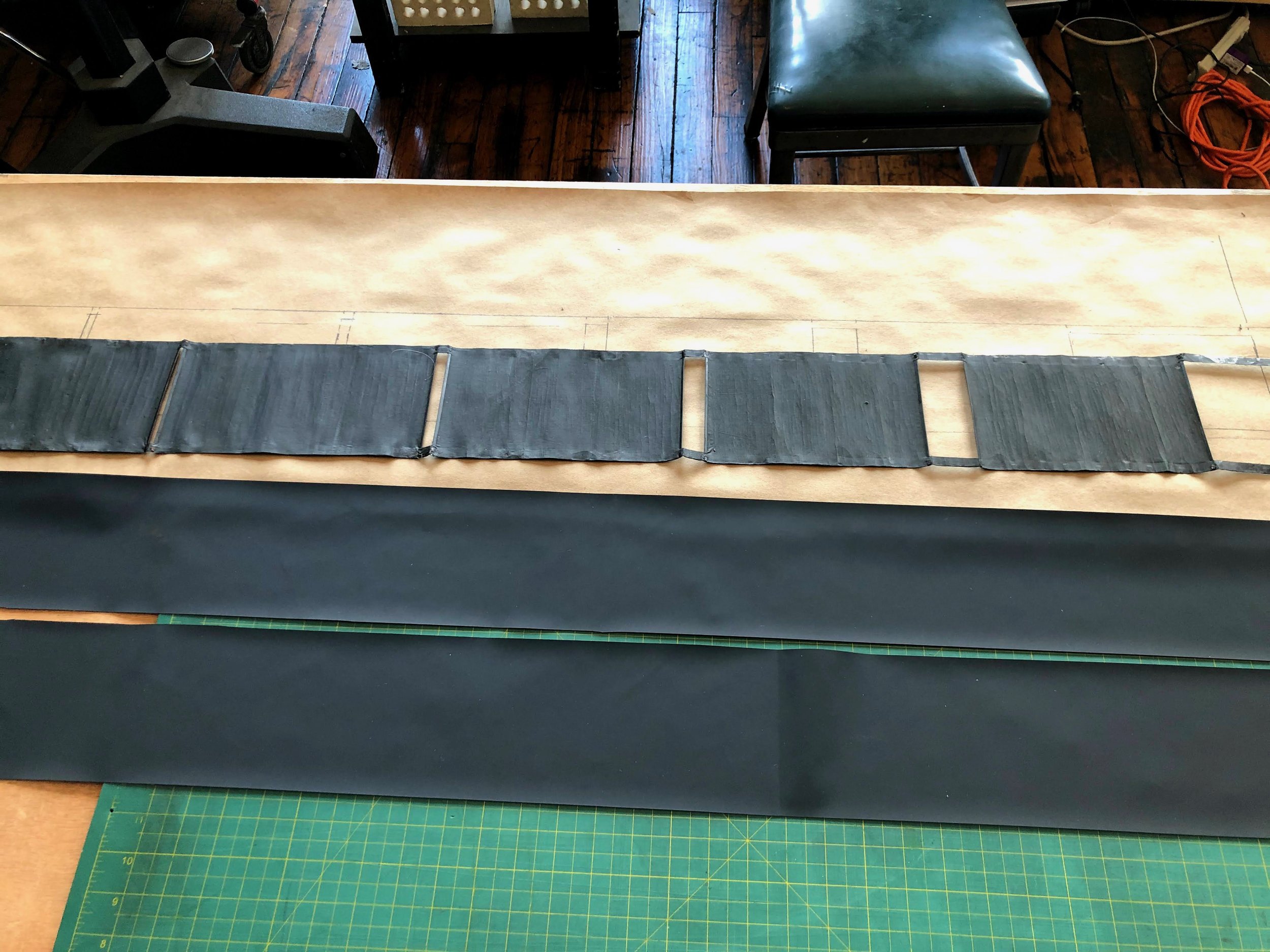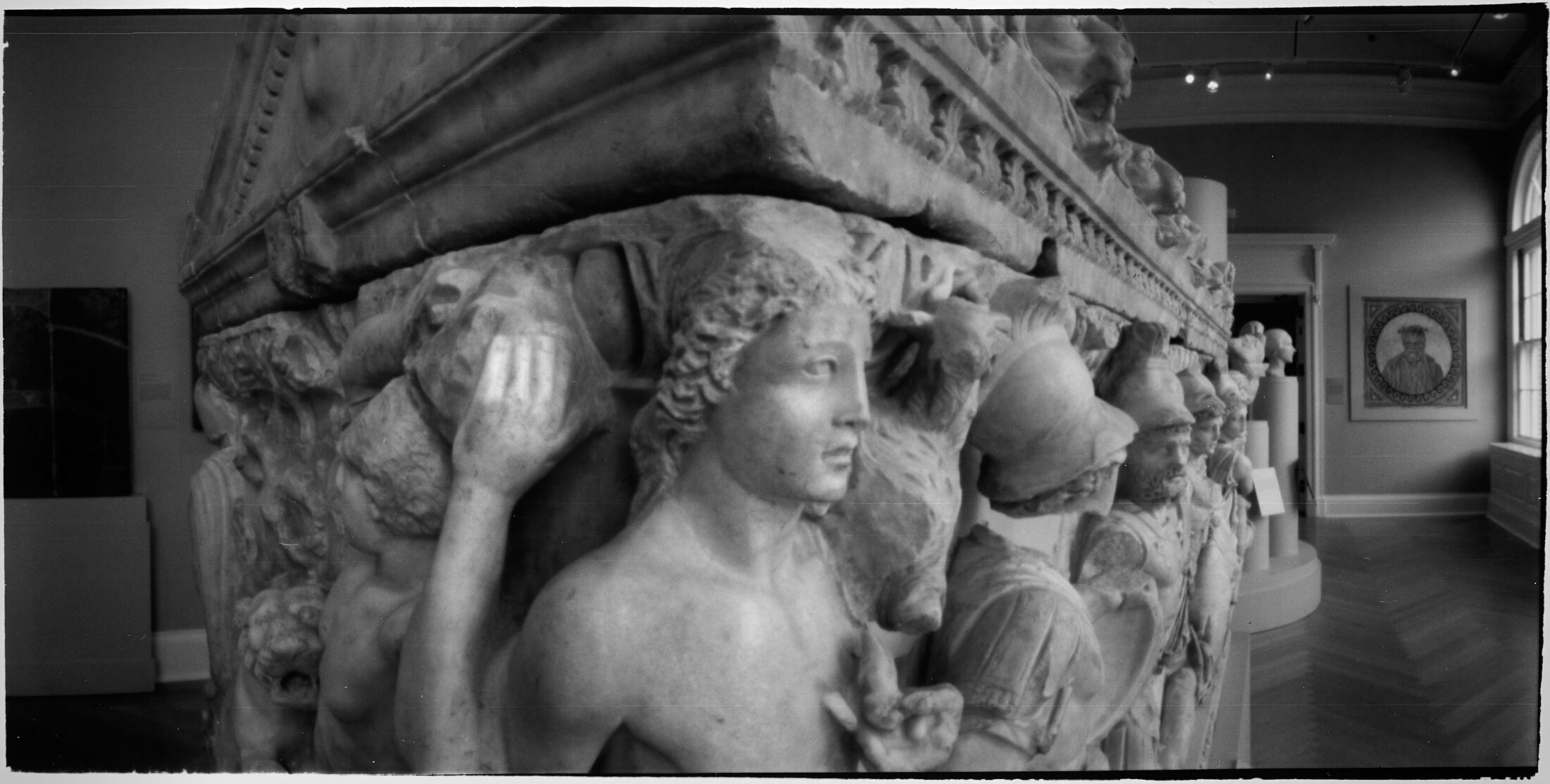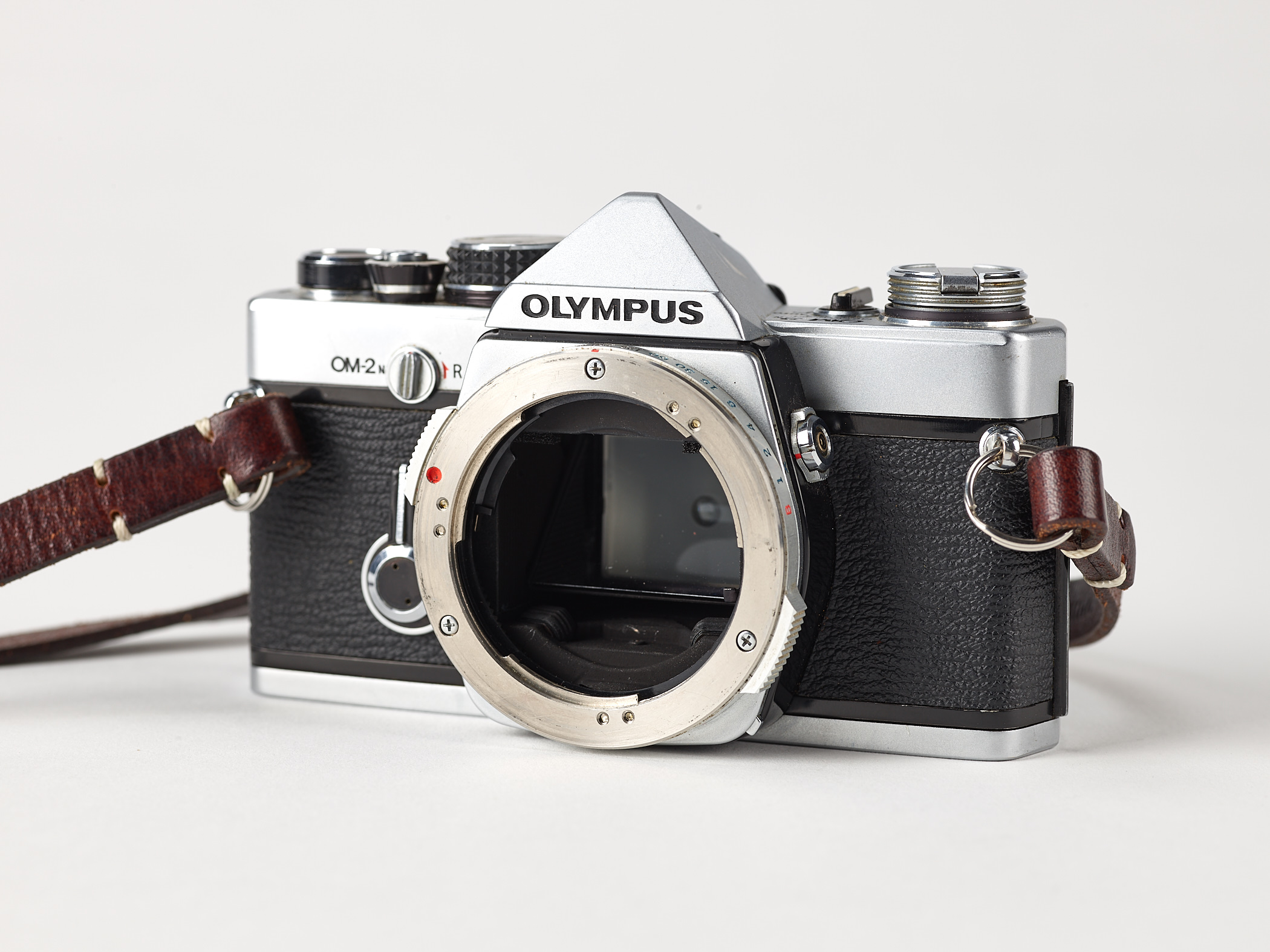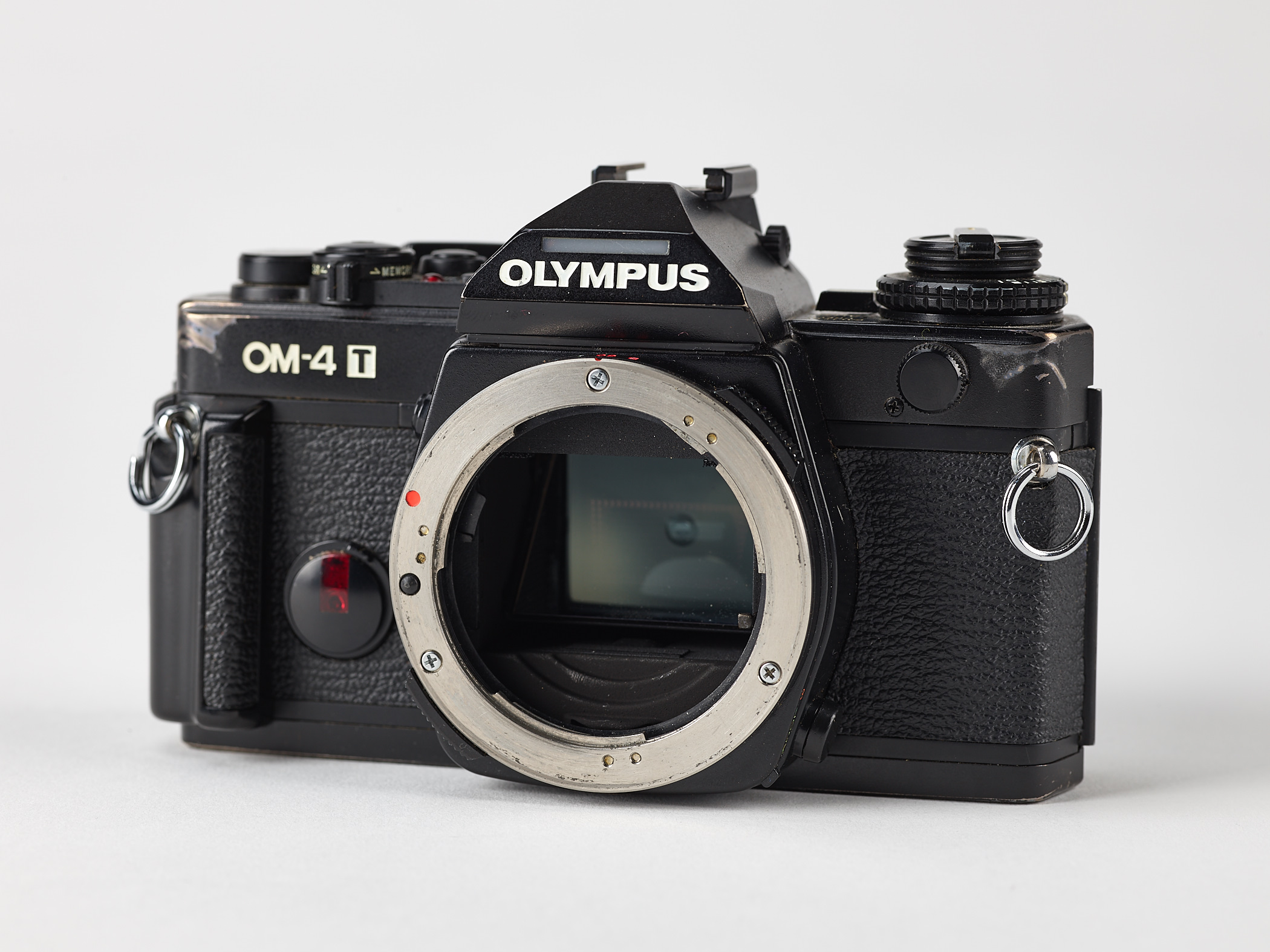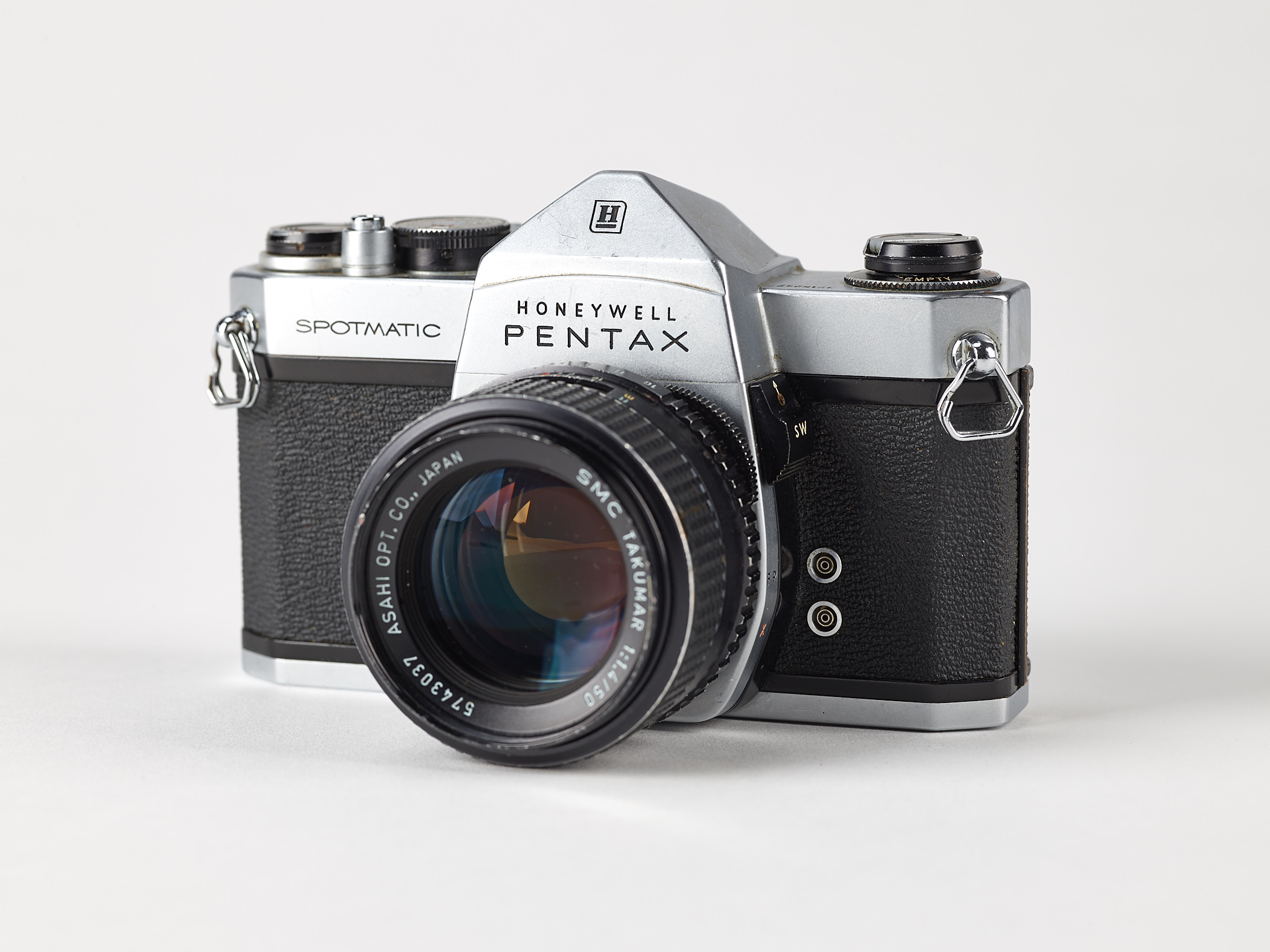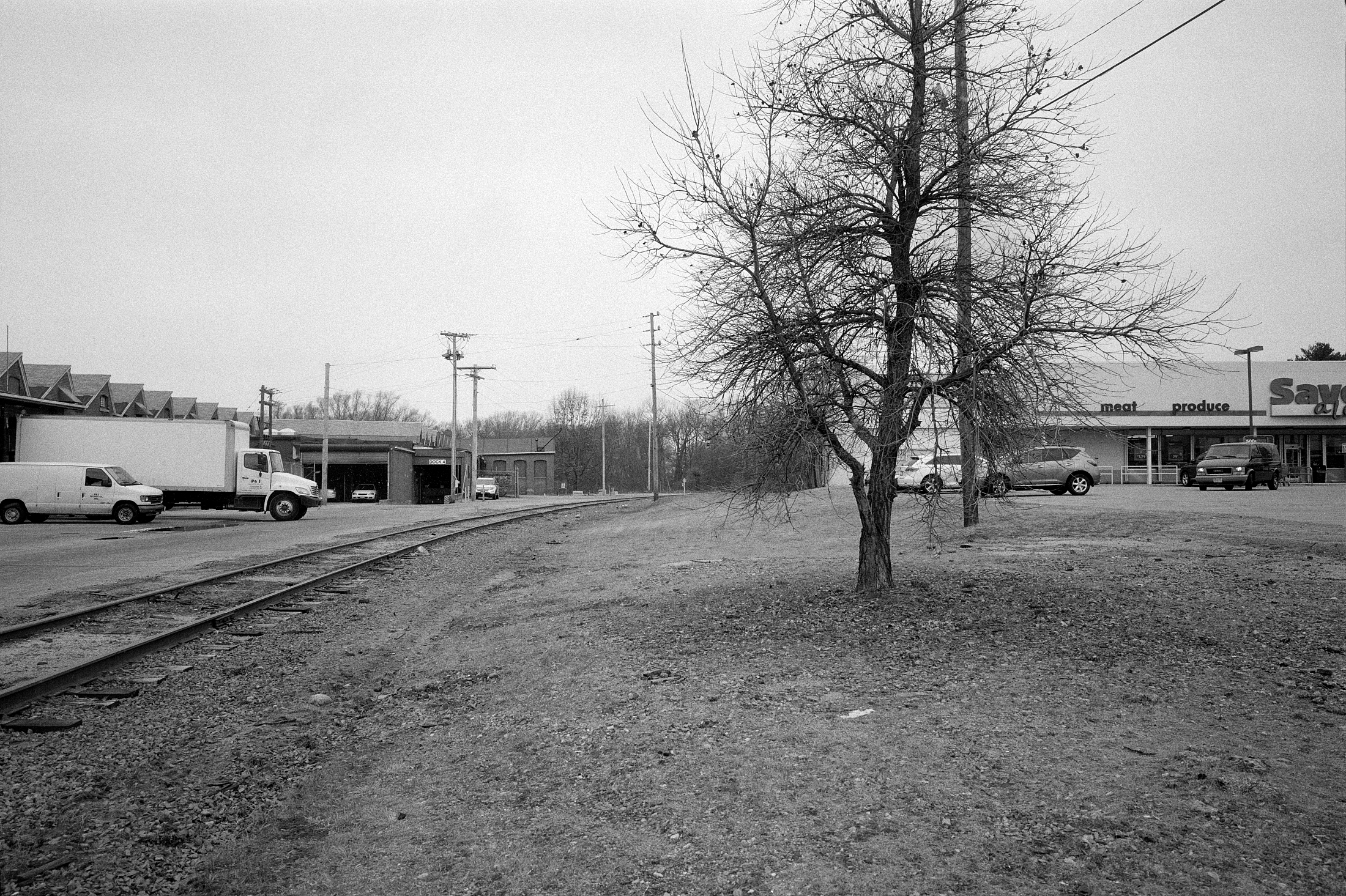And again! Another zine coming soon: 18x24
On the heals of the release of Arbor Impar, I’m super excited to say I have a second zine coming to the bookstore very soon: 18x24
This is a book that collects the multiframe pictures I have made with my favorite walking companion: the 1/2 frame camera. I have a number of these machines that make 18mm x 24mm images on 35 millimeter film, two pictures in the space of one single 35mm picture.
45 b&w photographs, 60 pages, perfect bound. 8.8 x 415 inches; landscape format
Available in person at the UNbound art book fair at RISD and on this website on April 15.
Coming soon: Arbor Impar
New zine drops 4/15/23: Arbor Impar
Read More"along" zine + prints Special offer
In March the fantastic Another Place Press published work from my series “along” as Field Notes 043. I’m honored and humbled to have my work included in the excellent Field Notes series of zines. Truly a dream come true for me, as I’ve been a big fan of Another Place for some time. I’m absolutely thrilled with how the zine came out, you can get one directly from AP here.
But I have more…
FIELD NOTES 043 ‘along’
32 pp / 190 x 230mm
Staple Bound
Fedrigoni paper
More!
As a special offer, I have a small number of zines that I’m pairing with prints of 4 images from the series that I’ve printed in a small edition. These are 5x7 inch gelatin silver prints made by me in my darkroom, printed on Foma fiber base paper, archivally processed and selenium toned like a good lad.
Also!
Get the along zine + all 4 prints for $43
Please consider making a $10 donation to the Red Cross Ukraine relief effort and I’ll include a sunflower print as a thank you.
Print for Ukraine
Print for Ukraine
I have a small number of prints of this image available in exchange for a donation to help the people of Ukraine.
How it works:
1: Make a donation of at least $10 to Red Cross Ukraine (or another suitable organization)
2: Show me your receipt for that donation, a screenshot is fine
3. You get a print. We can make shipping arrangements when you share your receipt
The print is 5x7 inches; printed on Hahnemuhle photo rag paper
Come see us at RISD Unbound 2022
Unbound, RISD’s art book fair is back and after 2 virtual years it will be a live event!
Saturday, April 9 from 11-5 at the Fleet Library at RISD in downtown Providence, RI
I will have books, zines and prints for sale, please come on by and say hello.
Meniscus Zine now in stock
Now available in the bookstore:
16 pages of graflex goodness, 55gsm newsprint, 170mm x 250mm mini magazine.
Go Go Graflex! Resources for Graflex cameras
As you may know, I am a fan and user of Graflex reflex cameras, so much so that I am the admin for the Flickr Group Graflex SLR. These are great cameras to use, but they are also old cameras and so they require some TLC, service and repair from time to time. Happily, there are many great options for repair and replacement parts, cool mods, and improvements. I'll share a few things I've found, and I’d love to hear about anything you've discovered.
I love using Cut Film Magazines, otherwise known as Bag Mags, even more so now that I can get replacement leather bags. These magazines work better when the bag isn't dry and stiff. This ebay seller offers new bags you can install yourself, and often has refurbished magazines as well.
Next, Holgamods made a viewfinder magnifier frame for 4x5 cameras. This frame is a 3D printed piece, and it doesn't include the magnifying lens itself, which is a common treaded close-up filter. It works quite well.
An alternative idea for a magnifier is a sheet fresnel magnifier like these from Amazon. Inexpensive and easy to trim to fit.
Viewing hoods are often in bad shape, and I've seen many different approaches to the problem. If you are like me and would prefer to stay with a hood like the original, here are two options:
This one is listed for 4x5 cameras, but they make some other sizes on request. It works well, but it isn't a close match in terms of materials. You will have to transfer the metal parts from your existing hood.
The next hood is one I have recently received and installed, and I am very impressed with the quality and the appearance. The eBay seller will make one to order for all Graflex models, as long as you can supply measurements. Here is mine, custom-made for my Series C 3x4. Like the first, you must transfer the metal parts from your old hood. It looks and works great, and what a pleasure to be able to see the full ground glass.
Looking to make a new shutter?
Aki-Asahi in Japan has the material; look for the rubber/nylon type at the bottom of the page.
I will share my own adventure making new shutter curtains in a future post. In the photo you can see the old and dried-out curtain I removed from an RB Auto and the new material from Aki-Ashai below it. It comes in a width wide enough to make two curtains, which is what I did, this shows the fabric just after I divided it in two.
Whether its a big repair or just a tune-up, it is satisfying to bring a 90-year-old camera back to life, I highly recommend it.
Here is a PDF of my shutter repair notes with the dimensions of the 3x4 curtain.
https://www.dropbox.com/s/cradbo5kzdzgmyw/Graflex%20repair%20notes.pdf?dl=0
Guide: Intersections
Our latest Guide: Intersections - now in the bookstore.
Getting Better
self-improvement, photography style.
Read MoreFive [+2] Sheets with Shanghai GP-3 - Shutdown 1 Edition
2020 is winding down, and good riddance. December is a good time to scrub the decks, wash our hands, and sweep out the old. With that in mind, I’m posting this piece from the first shut down. I’m now in our second shut down as we enter what we hope is the home stretch to saner leadership and the new normal, whatever that might be. I wish everyone health, happiness, and success in endeavors, both big and small.
My venerable Series C
It began as it often does with a camera. In this case, a 3x4 Graflex Series C. I will restrain myself from extolling its virtues but suffice it to say I love this camera, and while roll-film backs are handy, I desired to use it in all its 3x4 fullness. Ilford makes film this size (3 1/4 x 4 1/4) in their annual special run, but the price was a bit beyond my budget. I wasn't quite ready to go down the road of cutting down 4x5. As of yet, more on that later. On Facebook, I came across a Hong Kong dealer who offered Shanghai film in several unconventional formats, so I contacted them about the 3x4. Yes, they have it, and as the price was excellent, I impulsively ordered 600 sheets.
3x4 Bag Mag + GP3
On to testing: The film doesn't come with much data, but no matter. I planned to use my go-to developer, Pyrocat HD. I loaded up a few sheets, exposed them at EI 100, and developed them in Pyrocat 1:1:50 at 9 minutes at 20º C. Not bad, but pretty contrasty, and the shadows were thin. On the next round, I went with EI 80, developed for 8 minutes. Much better but still rather contrasty. If you like high contrast, this film will certainly get you there. One more round at EI 64, developed for 7 minutes. It looked good, contact printed well, so there it is.
When the pandemic hit, I had the opportunity to photograph just for myself, albeit close to home, and I found that to be a centering experience. I engaged with scenes near home and focused the tumult of anxious emotions into something tangible, a welcome respite. Also welcome, the "something tangible" was having the opportunity to make prints from these 3x4 negatives and to get a better feel for this film. These photographs are all 7x9 inch prints on Oriental Seagull FB paper. My conclusion is that GP-3 is quite lovely, with fine grain and the capability to render a full tonal range.
One final note on this film, just before our shutdown, I had a test shoot with some friends in the daylit studio as a trial for a portrait shoot that was not meant to be. With an EI of 64 and lenses ranging from f4.5 to f2.9, my shutter speeds fell on the dangerously slow side. So now I've invested in a guillotine-style cutter to chop down faster emulsions for the next studio round. Cameras lead you down many unexpected paths.
my new photozine hot off the presses: the swale
My newest has landed, a manga size zine entitled the swale. Really excited to have these and to get them out there. Check it out.
The set up, on a beautiful May day on the other side of time. May, 11, 2019
Testing the latent image capability of Ilford Pan-F+
It's no secret that I'm a big fan of Ilford's Pan-F+ film. Last year I decided to answer for myself the one question that seems to dog this emulsion: is it critical that you develop it soon after exposure? In other words, will the latent image deteriorate if you don't get it processed quickly? Many people seem to believe so; it's a piece of advice you frequently hear when Pan-F is mentioned. I admit to saying so myself.
Indeed, This is what Ilford says: "Important Note: Once exposed, process PAN F Plus as soon as practical – we recommend within 3 months." Compare that to what they say in the FP-4 datasheet: "Once exposed, process FP4 Plus as soon as practical." So people give this advice, but based on what data? I'm sure Ilford has the numbers, but short of that, what does it mean for me? Are three months truly safe? What does one month look like, or six months? One way to find out: test it.
Methodology
I exposed a fresh, factory-loaded 36 exposure roll of 35mm Pan-F to the same scene at the same exposure. I then snipped a few frames and developed that film the same day. I put the remaining film in a secure location, on my darkroom shelf, keeping real-world conditions. I did another snip test two weeks later, and then at the one month, six weeks, two months, four months, eight months, and finally one-year intervals. You can see by the specific dates my breaks were not perfect. It's not always possible to get to the darkroom when one desires, but I kept it close enough.
The exposure.
TTV
Backed up by my trusty spot meter, I placed the grey siding on Zone VI.
The developer was Rodinal, developed at my standard dilution and time of 1:100 for 10 minutes at 70º F. That has been my go-to combo since my school days. I have some thoughts about that in the context of these tests that I will share further down. I measured the same five areas from each batch of negatives on a densitometer and recorded the data. I also printed a selection of negatives on Ilford Multigrade RC.
Data
The bottom line in blue is the film base density plus fog. Over the year, it stayed consistent, with a slight lift over the final months. This lift may reflect some age-related fog, but it's very minimal. The green bar represents a zone III shadow density; note how it starts to dip at about the ten-week mark. The magenta bar shows a zone IV density; it too displays a dip at the ten-week point. The orange bar represents a zone VI density. It shows a more gradual dip. The top bar in red is a highlight density in the zone VIII range. It stays stable. Highlight densities are a good indication of development consistency. If this varied, I would blame it on some error in time, temperature, or dilution.
Conclusions
I think what I found lines up pretty well with Ilford's recommendation. There is a measurable difference in shadow area density at about three months, almost equal to a one f-stop change in the low values. So, How critical is all of this? Is latent image degradation the cause? If your roll of Pan-F fell to the bottom of your bag and you've just discovered it after a year, should you throw it away? Should you wail in despair at ever pulling decent prints from your negatives? Please don't do any of that. In the end, what matters is how the photo or scan looks to you. I printed a selection from my test negatives, and I can barely detect a difference between the prints made from negatives developed one year apart. Indeed, when I first reviewed the negatives before taking density readings, I thought they looked nearly identical, and all quite printable.
Start
6 months
9 months
12 months
A brief sidebar
This shift of density in the low values is very much like what happens when you push film. There, you deliberately underexpose and develop the film for longer than the "normal" time. These shifts expand the tonal separation in the mid to high values and compress the shadow areas, increasing the overall contrast, among other things. Many people, 35mm shooters, in particular, prefer this more graphic look. In many images, the content is carried in the mid and high values, while the shadows define shapes and texture. The simplification of tone from a "push" can be quite desirable, suppressing distracting detail and directing attention to the picture's key elements or subject. Yeah, yeah, so why say all of this? These are subjective decisions, but you may find that your sad, aged film isn't so bad after all and that actually, you prefer how it looks.
Back to the question at hand, is latent image degradation the cause? Quite possibly, but other factors could be at work here. My choice of a highly dilute developer may not have been the best one. That bottle of Rodinal has aged one year as well. It's keeping properties may be the stuff of legend, but it doesn't last forever. At such high a dilution, any change in developer activity could have an adverse effect where you need it most, in the shadow areas. So here is a developer takeaway: If you have a roll that has waited patiently for three months or more, choose a developer more suited to holding shadow detail, a developer like Ilford DD-X would be a great choice.
One last takeaway: Shoot Pan-F, it's great. Develop it when you can, but don't stress yourself. You may find yourself pleasantly surprised.
If you do a similar test yourself, I'd love to see your results.
Visit the Virtual Unbound 2020 Art Book Fair!
This Saturday April 11 was to be the annual RISD Unbound Art Book Fair but you know what has intervened. I was very much looking forward to participating (would’ve been my first time as an exhibitor) but we are RISD and we are flexible so the Unbound team has created a virtual marketplace that will open tomorrow instead.
Please stop by and check it out, support artists with a purchase if you can, friendly words are always appreciated and especially now. Unbound.risd.edu
In honor of this I have lots of new things for sale in my bookstore and starting tomorrow if use the code “unbound” at checkout you will get a special discount.
Come by and say hello! Follow #risdunbound2020 on the socials.
Be safe.
Buddha Mahavairocana (Dainichi Nyorai); photo made with the Kurt Mottweiler pinoramic 120 camera.
Night and Day at the Museum
On the impossibly far away evening of March 3rd, I was in the RISD Museum to photograph some exhibitions after hours. As I worked in another gallery, I took the opportunity to set up a pair of simple pinhole cameras in front of one of my favorite objects, the statue of Buddha.
Buddha Mahavairocana (Dainichi Nyorai); photo made with Peter Olpe designed cardboard pinhole camera.
Buddha Mahavairocana (Dainichi Nyorai) photo made with the Kurt Mottweiler pinoramic 120 camera
The next day I finished each roll with some pictures of some other favorite objects, the two Roman sarcophagi. The truth is every object in the museum is a favorite of mine, and I miss seeing them and being there terribly, as I'm sure many of you do. When I consider such objects as these, especially when I'm looking through the little time tunnel that is my camera's viewfinder, and maybe especially when the world is in the grip of a pandemic and life has been upended, I think of all that these objects have witnessed. Even just in their time in the museum: depression, wars, changes large and small, they have endured. Going back to their creation, they have survived wars and fire and dismemberment, and with the help of people who care for them, they survive. I think we shall too.
Roman Sarcophagus; 21.076; photo made with the Kurt Mottweiler pinoramic 120 camera
Roman Sarcophagus; 21.074; photo made with the Kurt Mottweiler pinoramic 120 camera
Information about these objects:
Buddha Mahavairocana (Dainichi Nyorai) with the accession number of 36.015
Sarcophagus (coffin) with the accession number of 21.074.
Fragmentary sarcophagus front and lid depicting The Slaughter of the Niobids with the accession number of 21.076
iolabs featured artist interview
This was fun! I was interviewed by the great people at iolabs for their featured artist series. You can read it here: https://www.iolabsinc.com/news/2019/10/9/artist-feature-erik-gould
Chaika and me
I wrote something about Orwo 74+ film in a Chaika half frame camera for Emulsive and for some reason they published it. Enjoy!
Cameras for sale
I have a number of 35mm film cameras for sale right now, all good users looking for a good home. It’s time to thin the herd. Check them out here.
Attending a party in borrowed clothes by way of an abandoned railroad
Over at Emulsive HQ, they do these happenings called film parties, and this month it was time for the #fp4party which stars as you likely guess Ilford FP-4. I find January a great month to join in on a party as I find I need a little extra motivation to get out in the cold and grey Rhode Island winter to make photos. Saying to a group of folks on Twitter “sure, I’m in” seems to be just enough to get me out and get something done. And so I did.
FP-4 is an excellent film full stop. But rather than further my winter of discontent with a cold tripod I decided a more sensitive film would be better suited to my conditions and purpose. I skipped over my usual Tmax 400 and went to the fastest 120 film there is, Ilford Delta 3200. Using which does mean that my images will not be eligible for consideration in the viewer voting at the end of the week but as my dad used to say “we’re not here to win a beauty contest” so I’m good with that. For the tech fans: my film was Ilford Delta 3200 in 120 which I rated at its “data sheet speed” of 1000 and developed in Kodak T-Max developer diluted 1:4. The camera was a Fuji GSWIII 6x9.
As for my subject, I went to my list of desires to find a walking photo meditation along the rail line of the former Moshassuck Valley railroad in Pawtucket, quite close to home. I first encountered the MVRR without realizing it when I walked the river of that name. After doing a bit of research, I discovered that the diminutive railway had a rather interesting and long history. Although at 2 miles it was one of the shortest in the country it retained its independence from its start in 1847 right up to 1981. It ran passenger service until the 1920s and fought and won a rate dispute with “The Company” the mighty New Haven Railroad. When I learned that an extension was planned (a crucial move in winning the rate dispute) that would have brought the railroad right by my house, I was hooked, and I knew I had to explore this bit of neighborhood history further.
This is just a first effort, but I am encouraged that there is more I can work with. In the spirit of the party and my virtual notebook I’m sharing here every picture from both rolls in the sequence I made them.
The MVRR was folded into the Providence and Worcester Railroad in 1981, and this branch is actually not wholly abandoned. It sees some occasional service. I note evidence here of recent tie replacement and brush clearing, perhaps indicating that the P&W’s new owners still see some value in the line.
For more info: http://www.abandonedrails.com/Saylesville_Branch
And here is a cool home movie of the railroad in use from 1970.
Working on a piece in the RISD Museum collection; Mae Luther, Necklace, ca. 1930, 2000.51
Links in a chain
When I was a young guy and looking to establish myself as a professional photographer, I visited the downtown studio of a well known commercial photographer. He specialized in catalog work, primarily for the jewelry industry which was still a big thing in this area then. I had heard he was looking to hire a new assistant. The studio was quite impressive, and they were indeed working on a jewelry catalog shoot at that moment. I watched while an assistant crouched under an 8x10 camera with a little stick and carefully pushed a gold chain into the desired position, link by link. A nervous-looking art director hovered nearby. “Oh my god, I can’t work that way, I’d go mad!” I thought — all that effort for a gold chain. It was that and the photographer’s requirement for a mandatory drug test that put me on a different career path. And so here we are.
